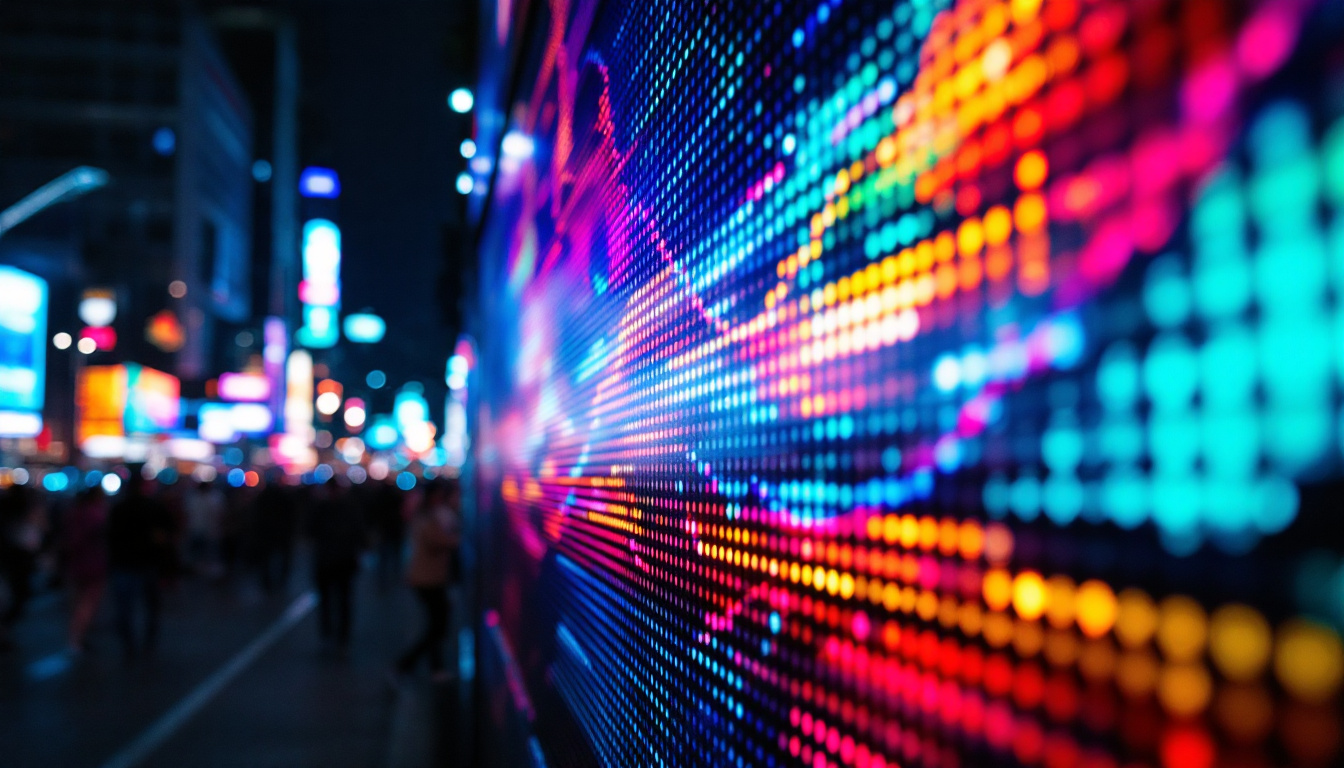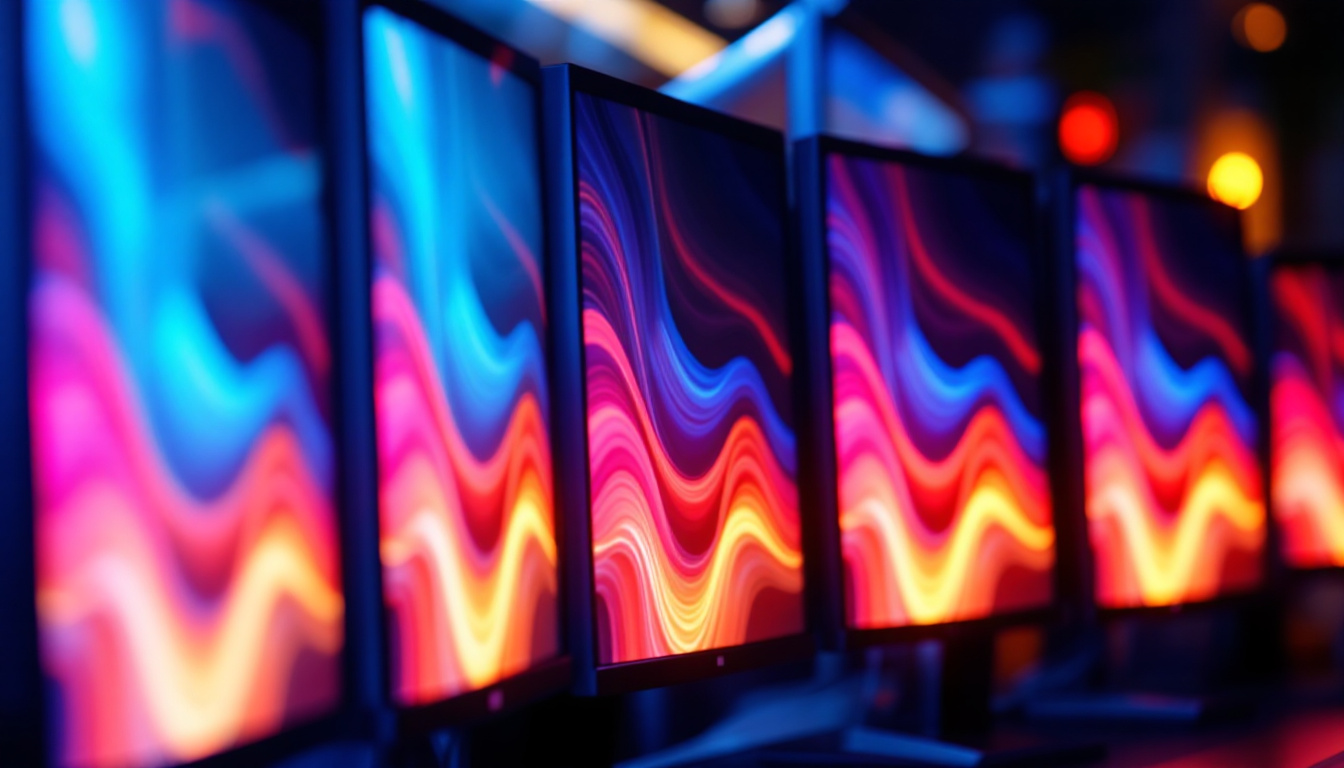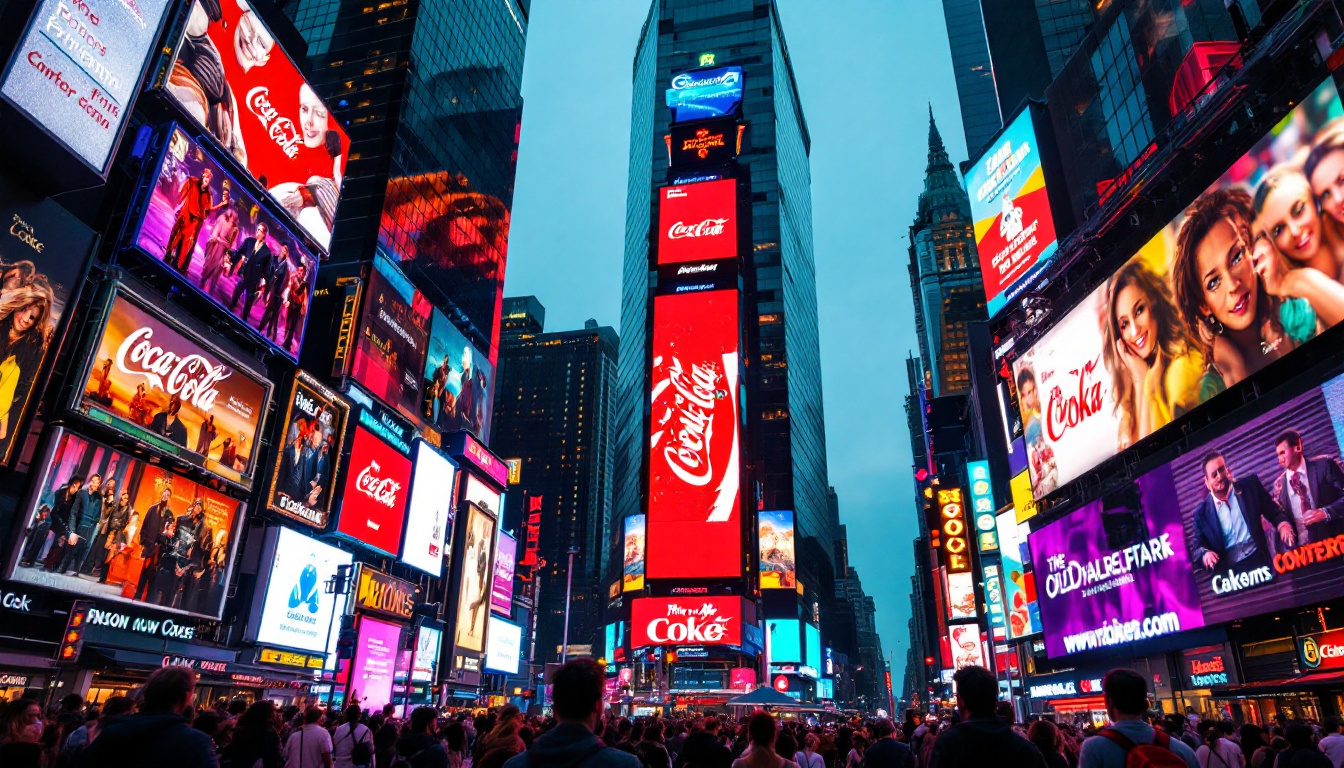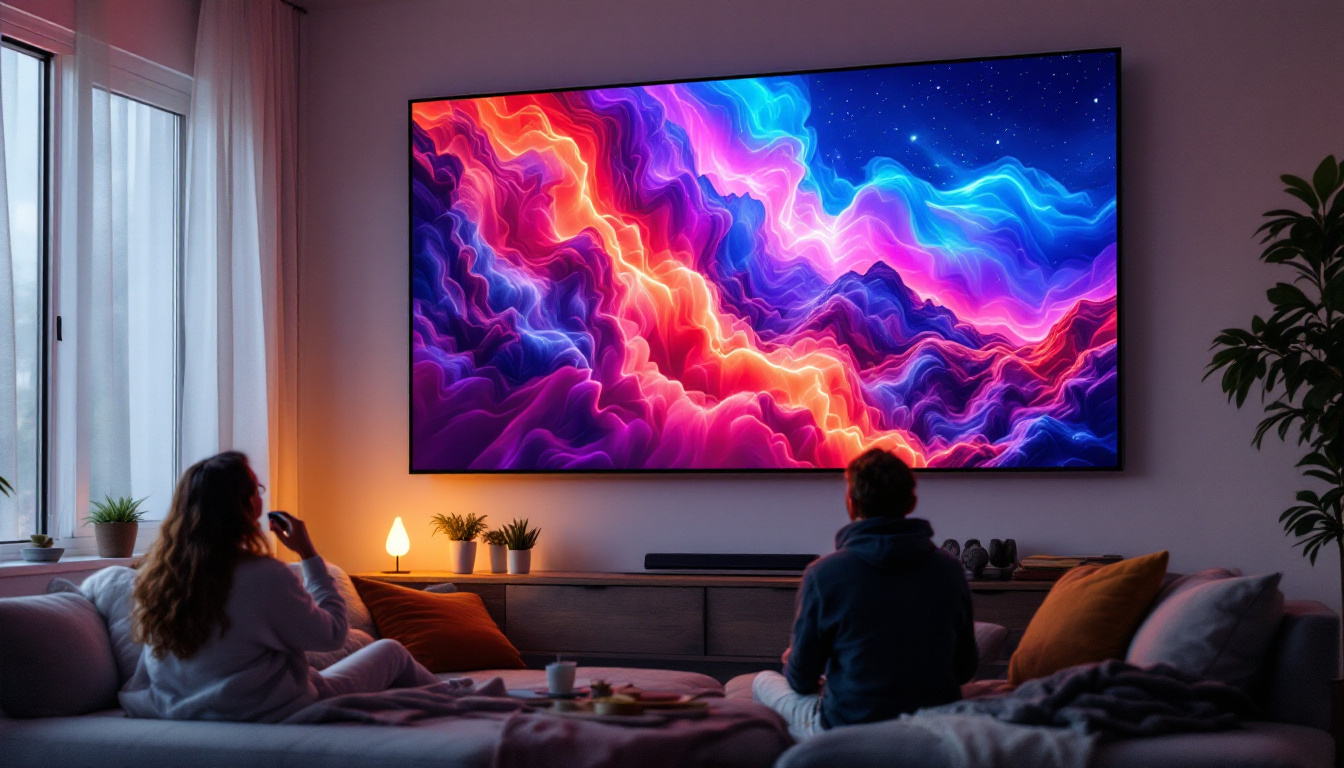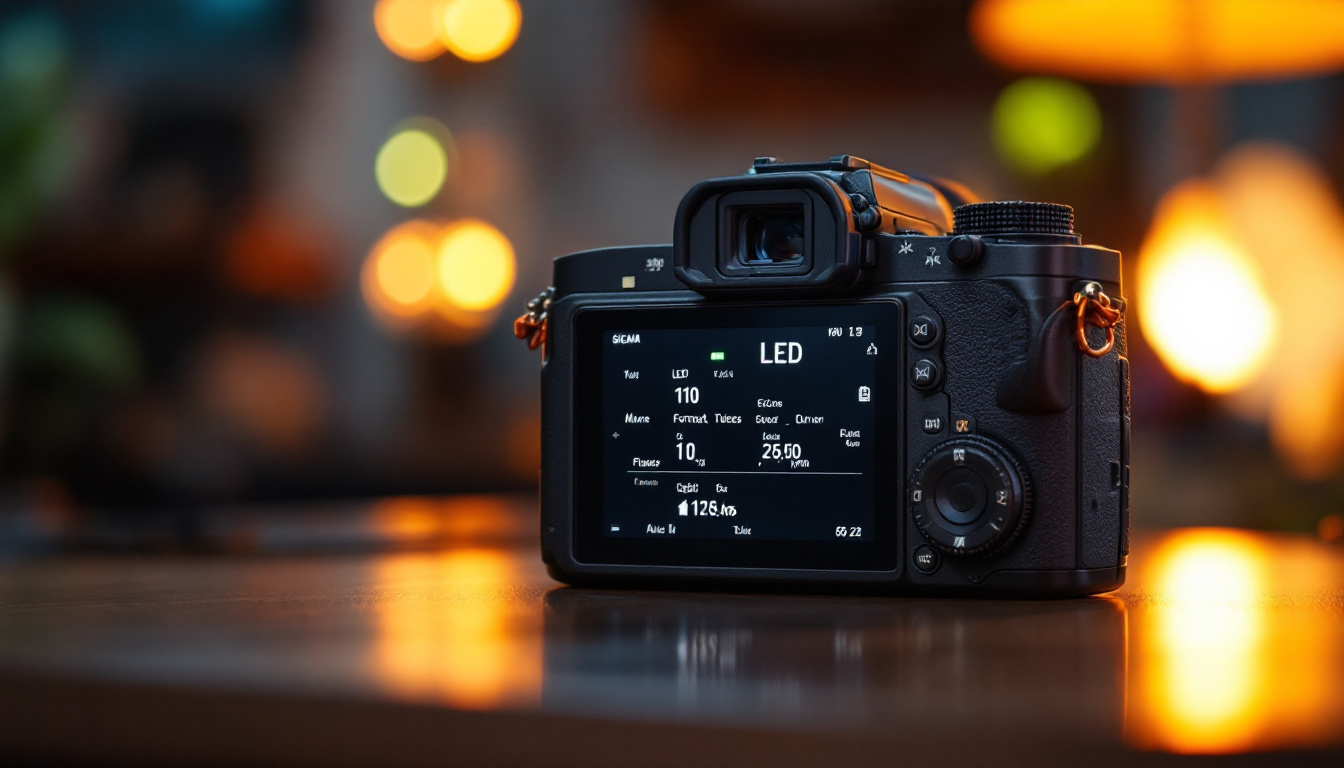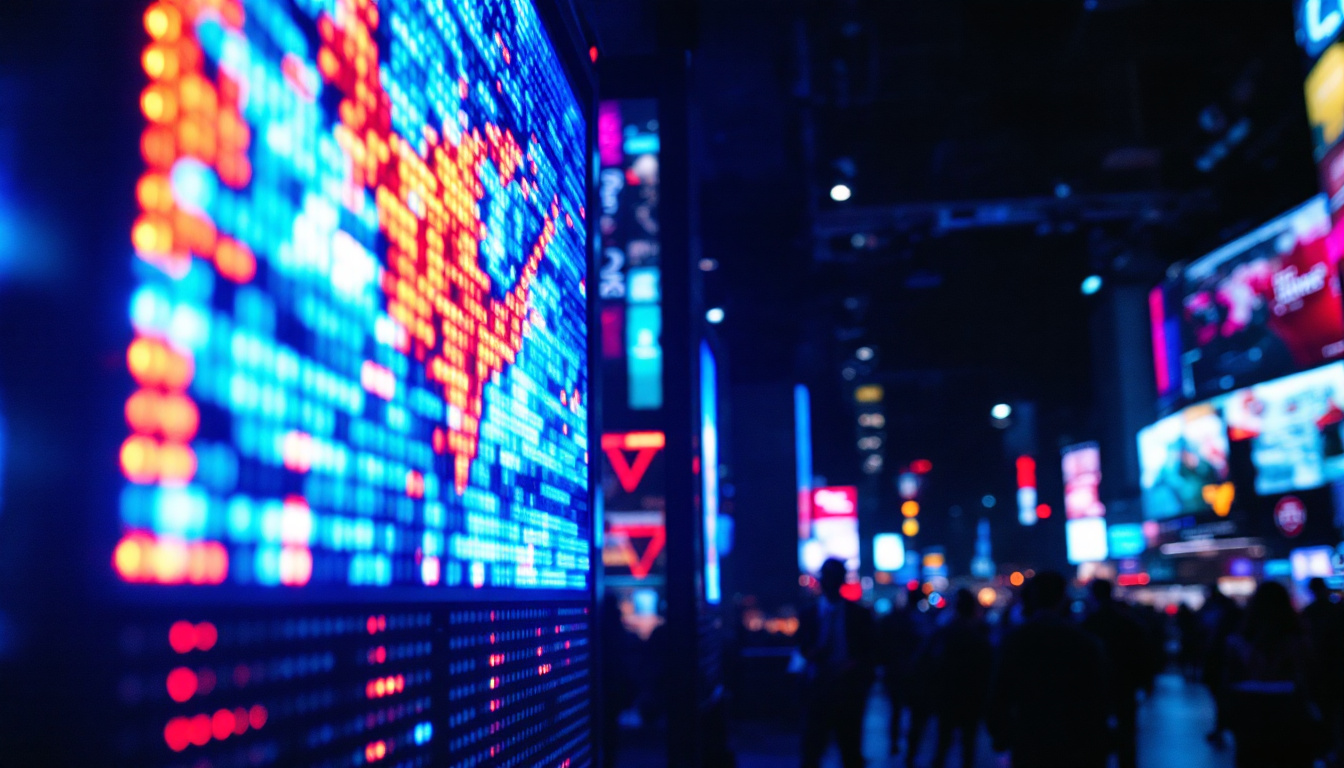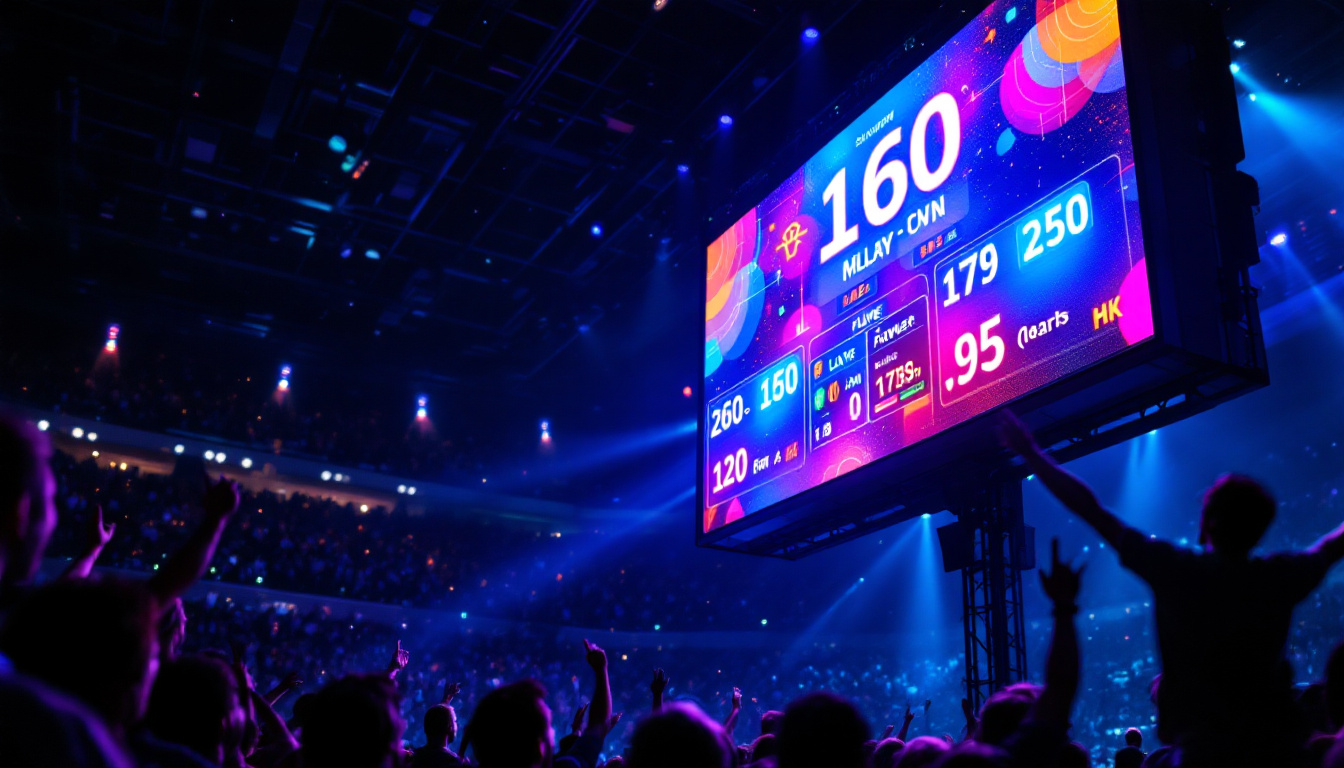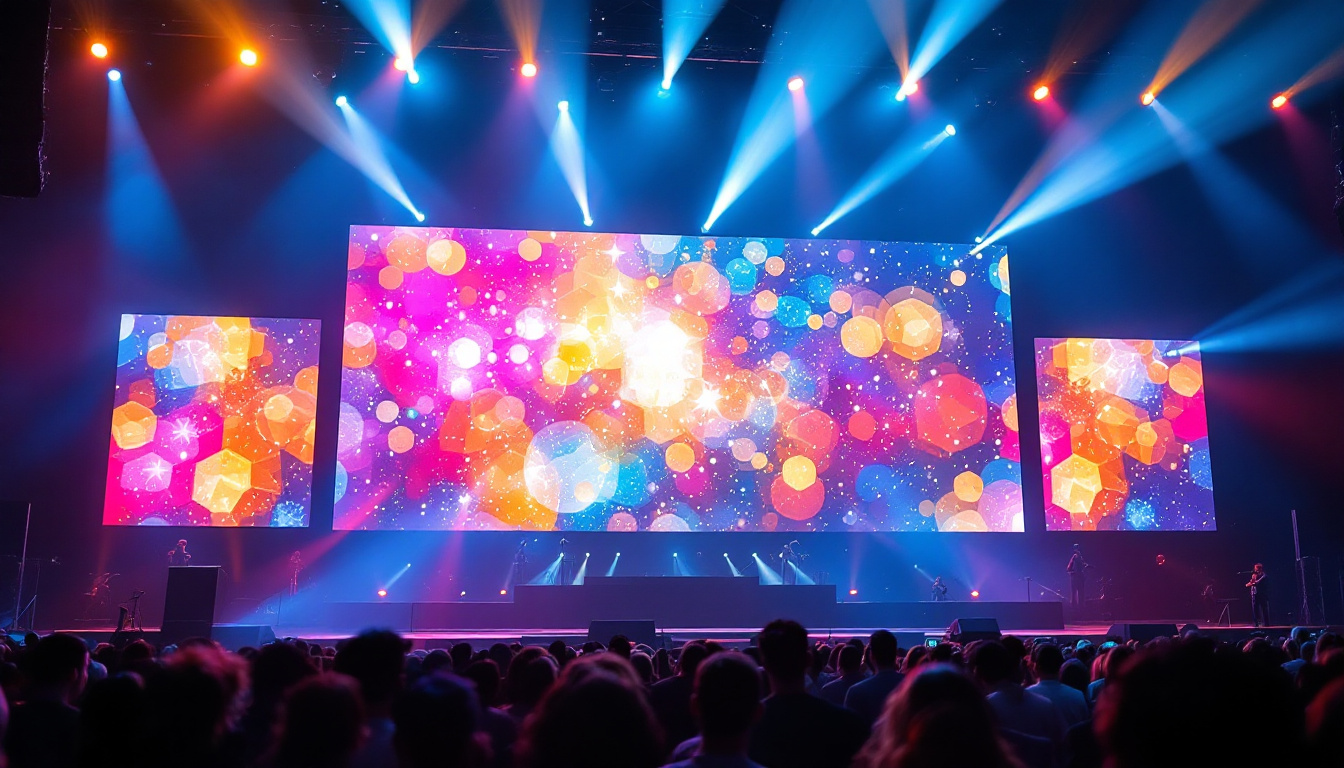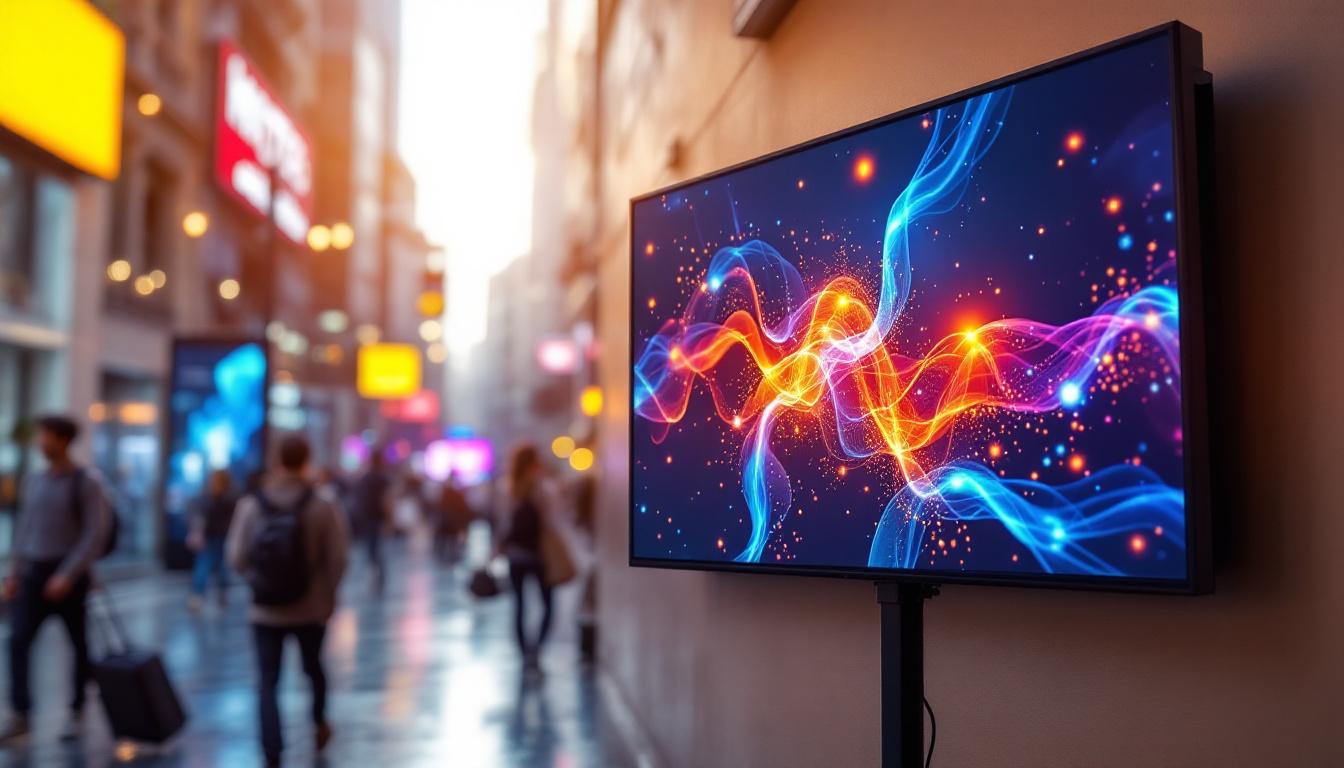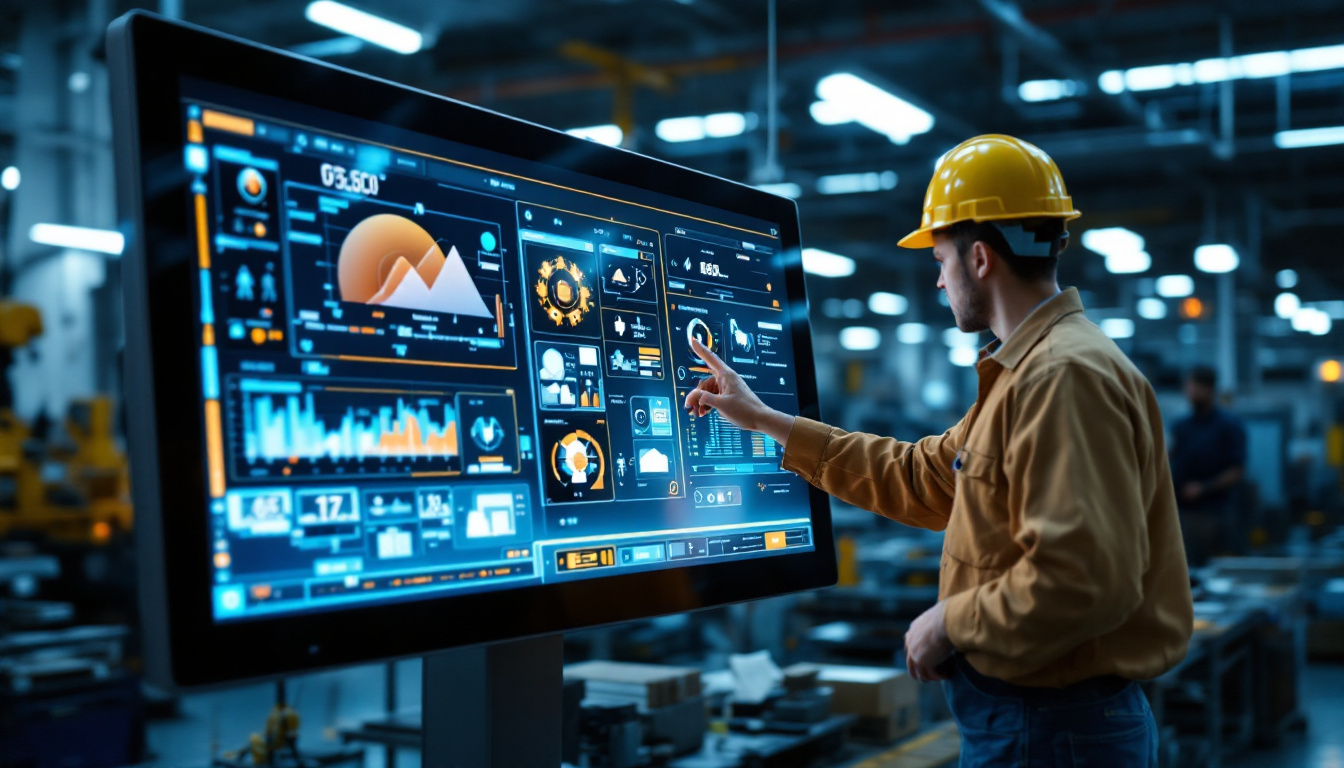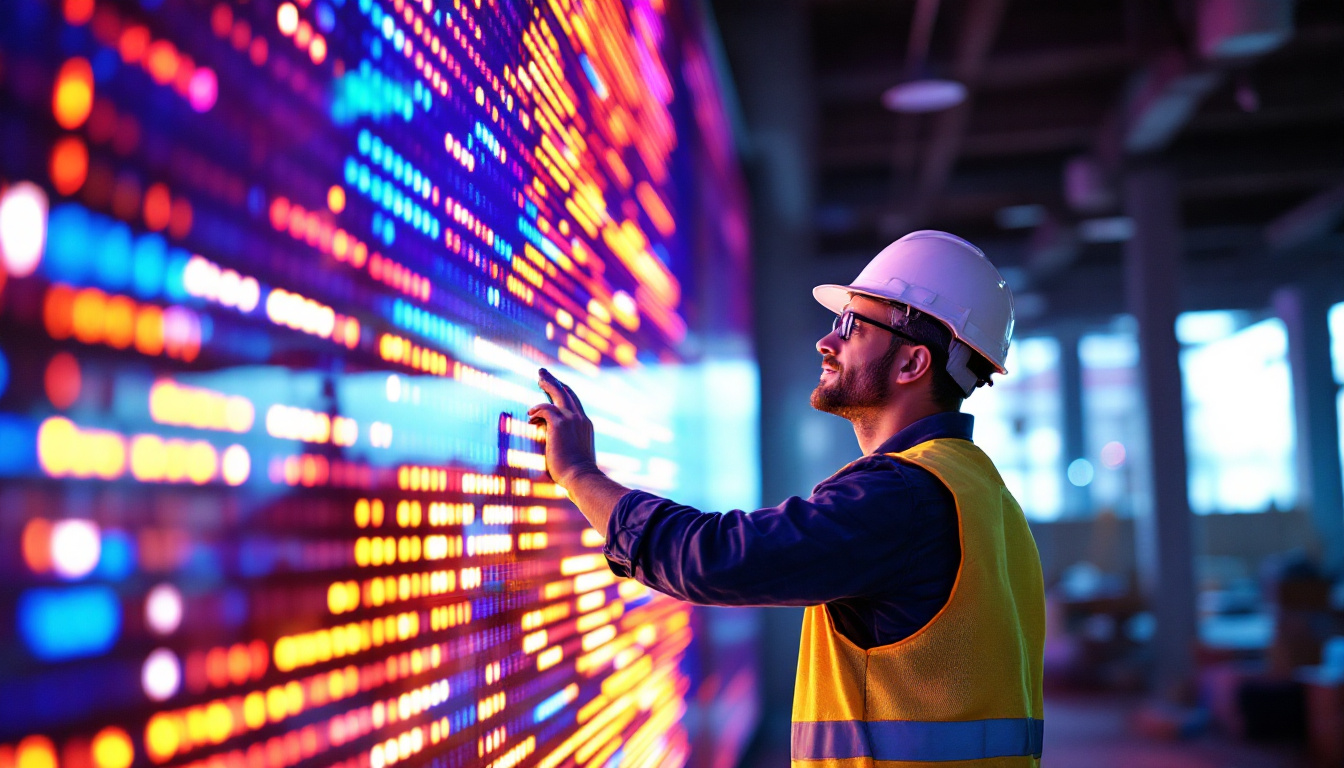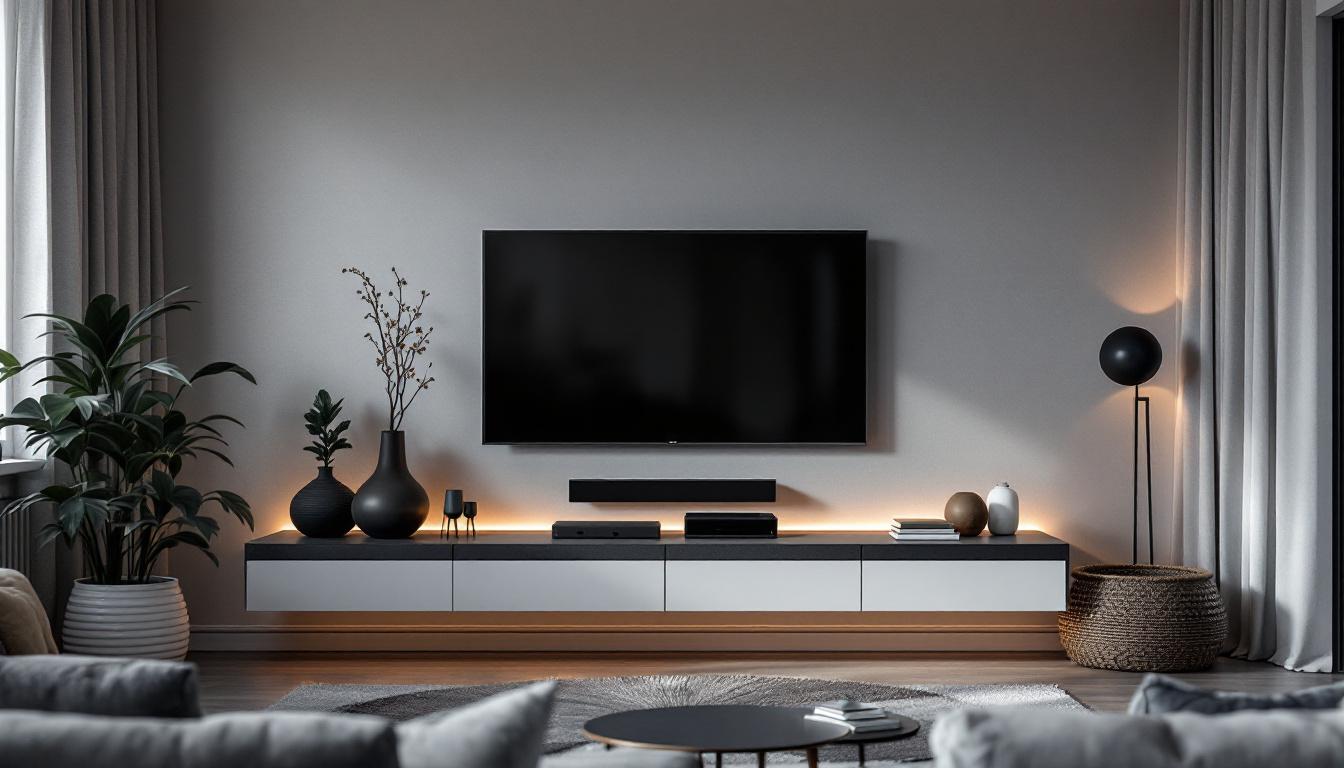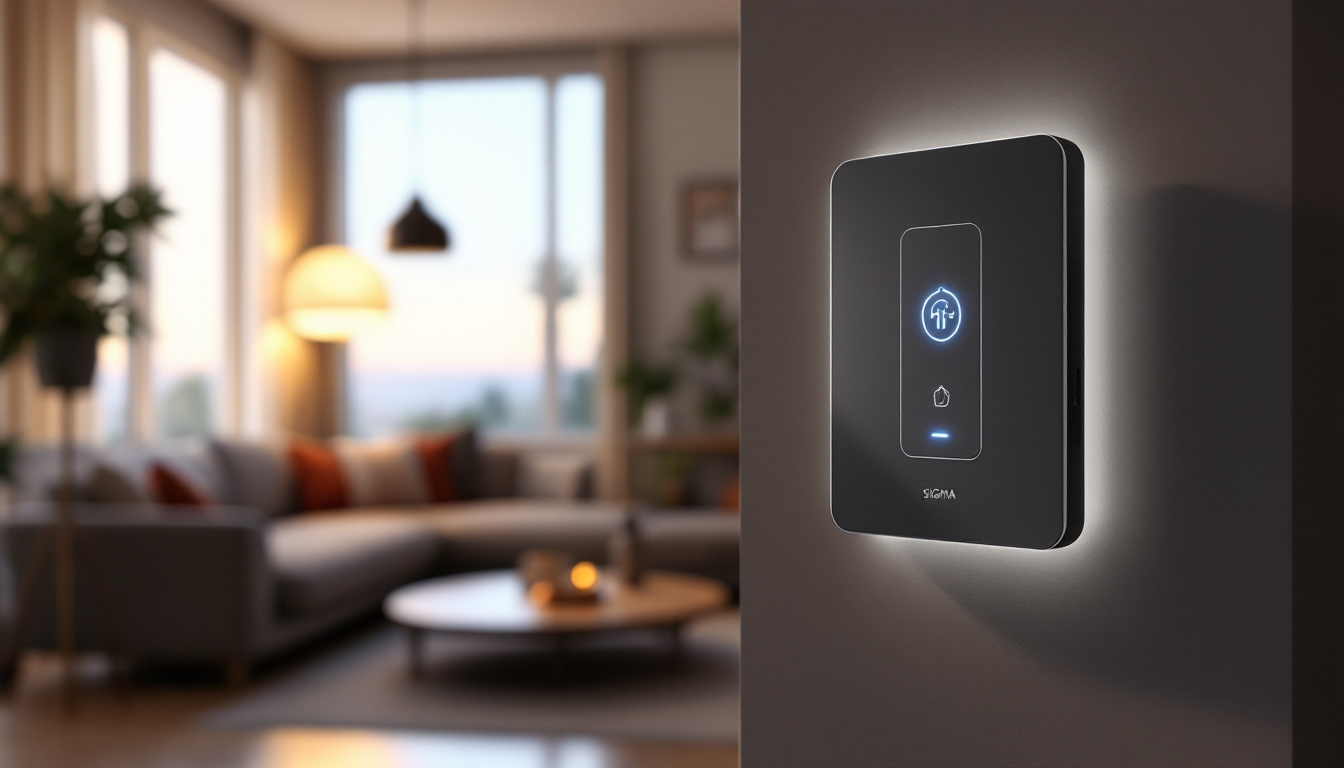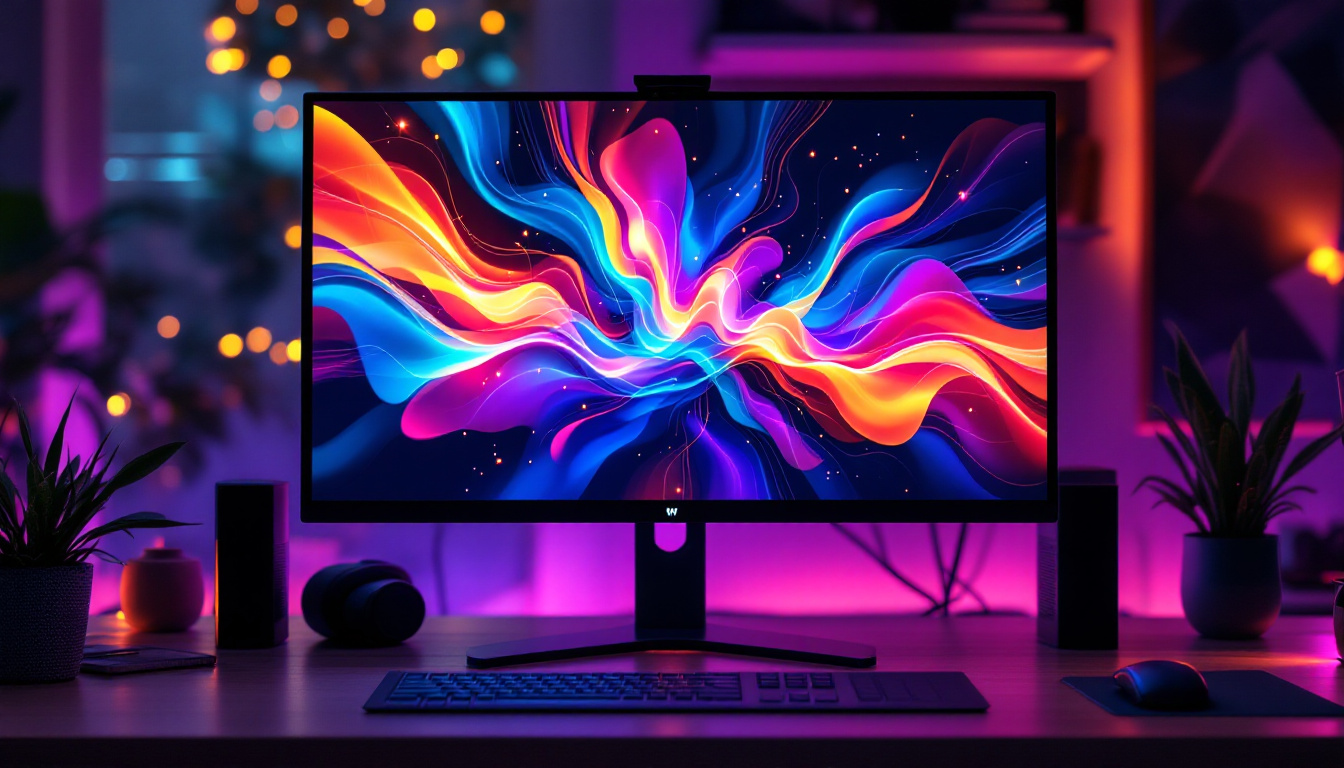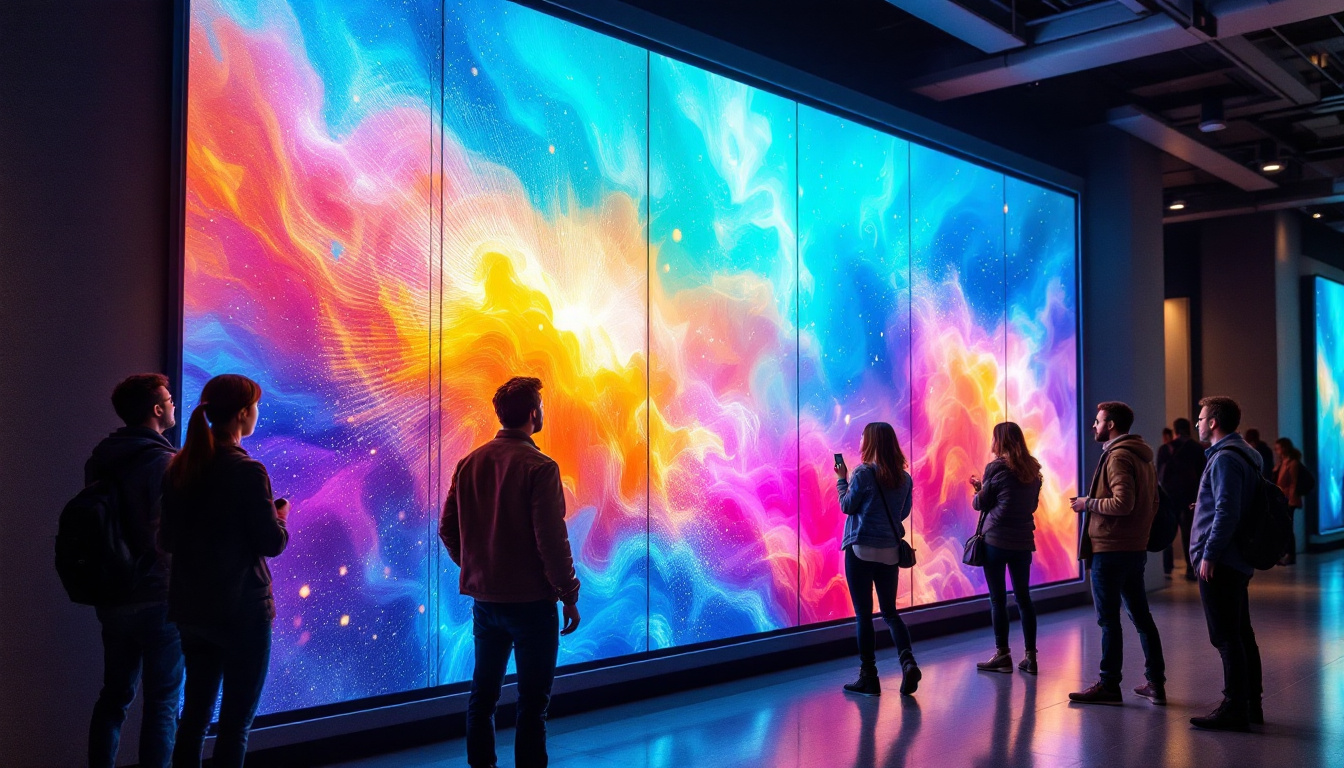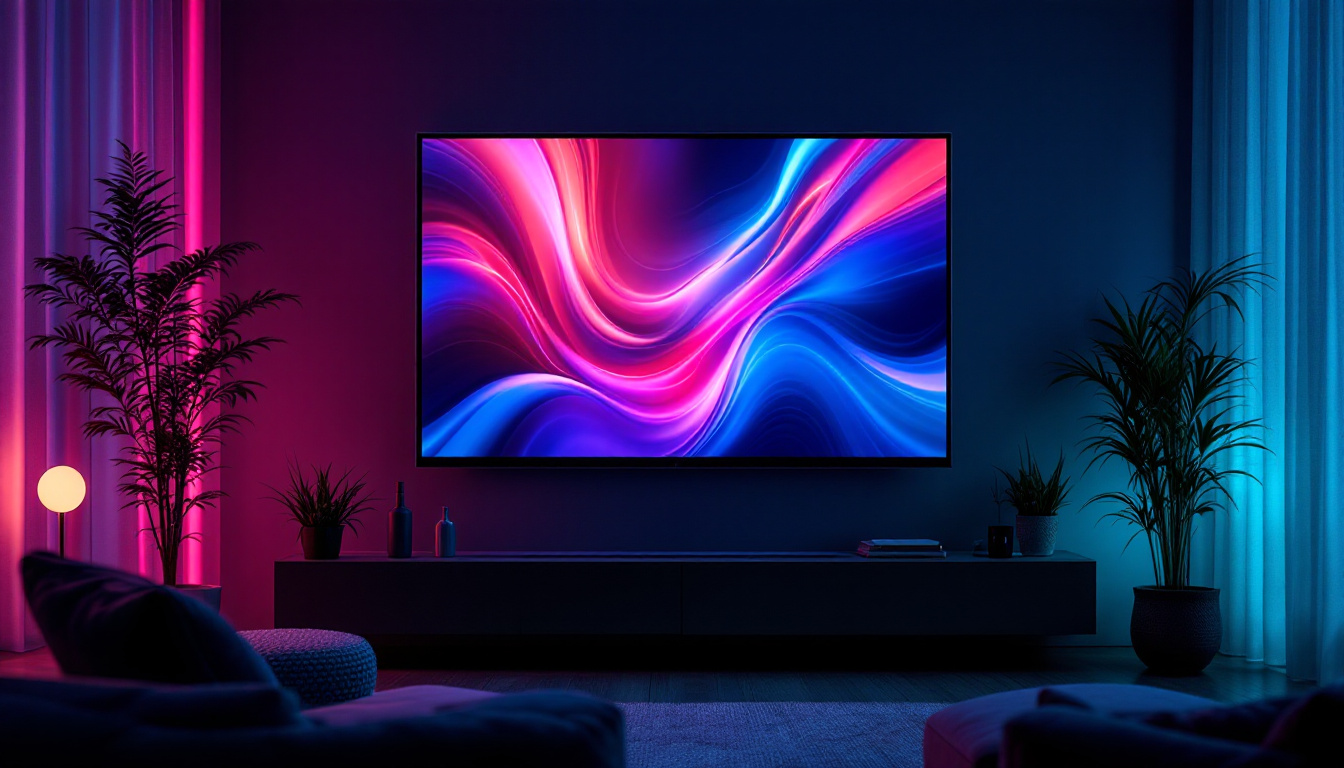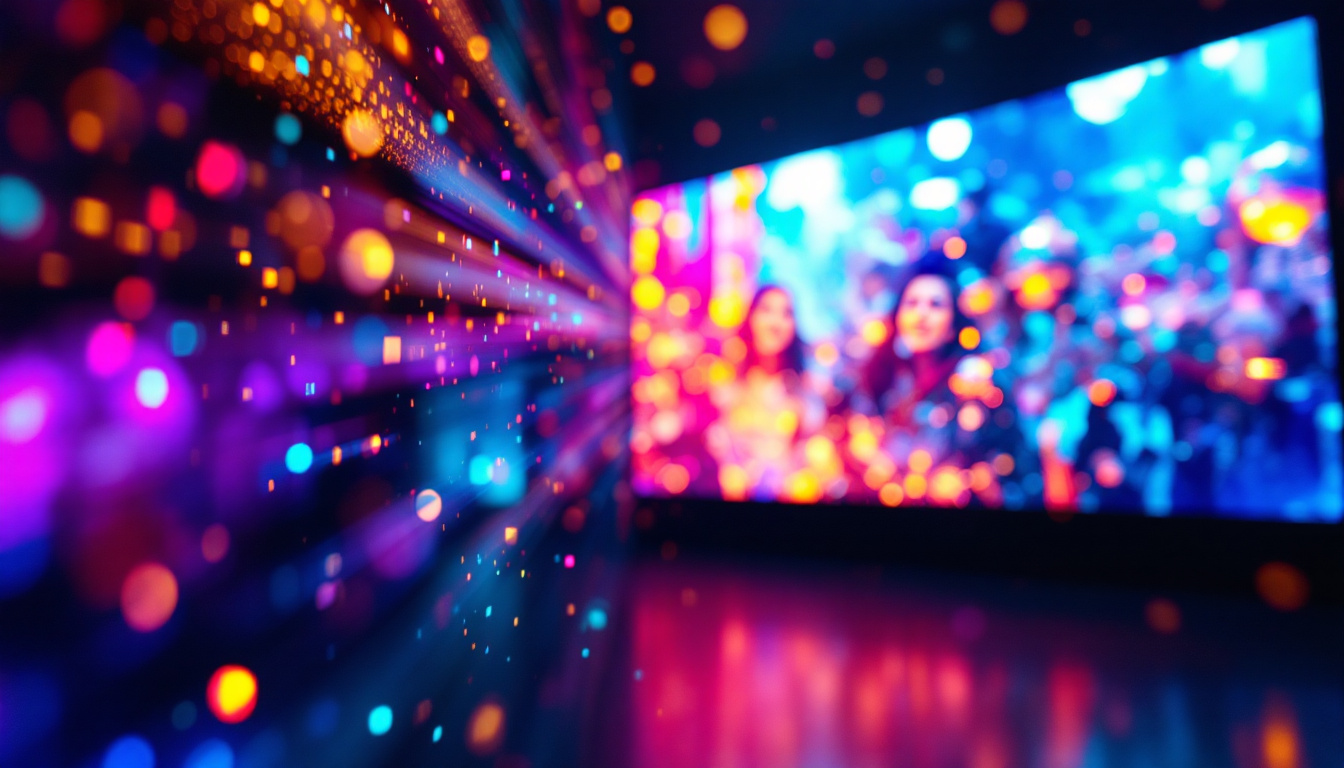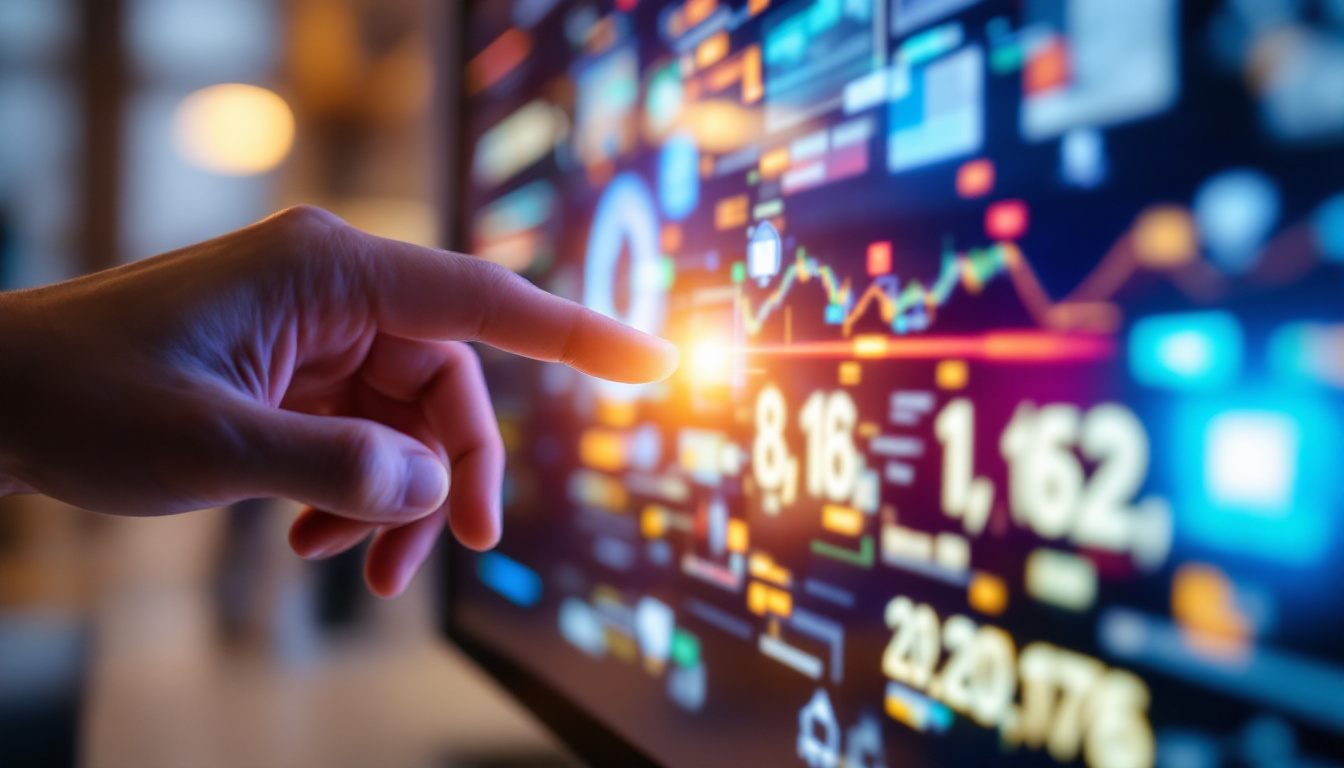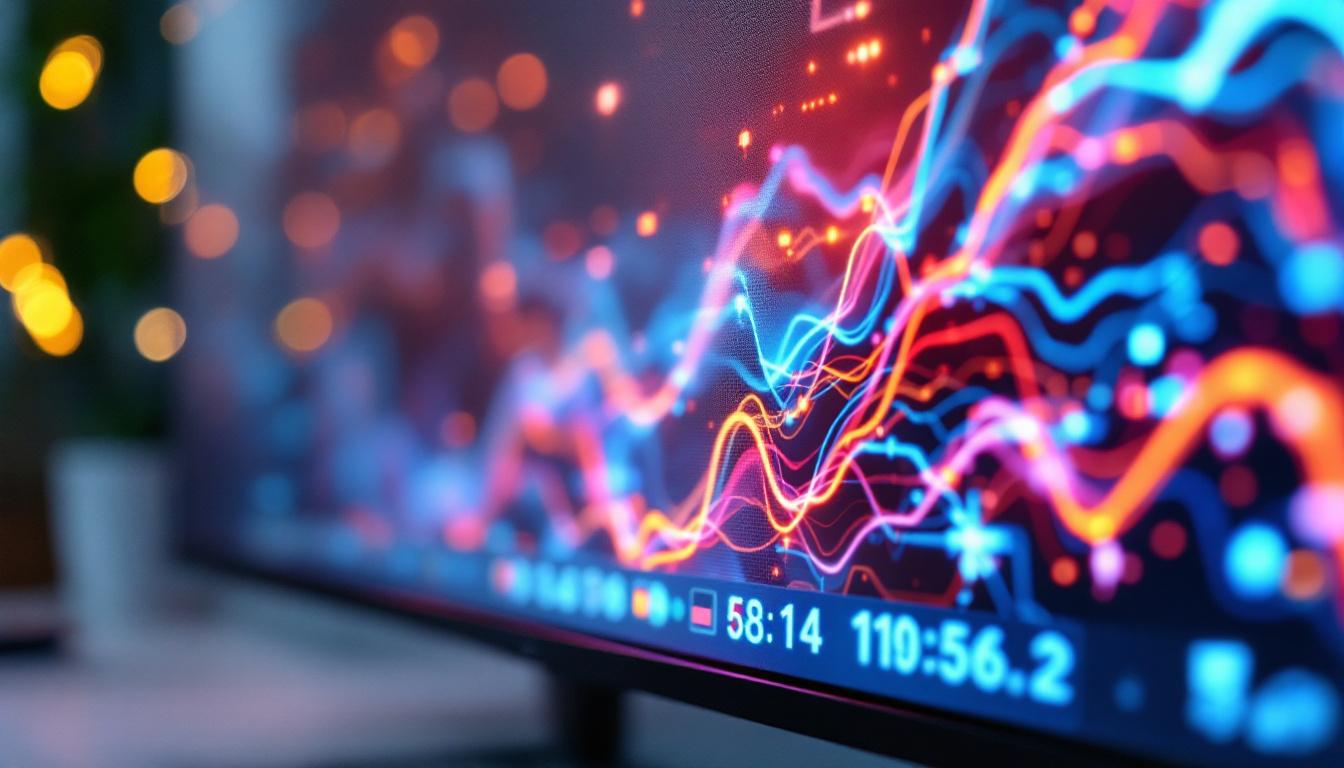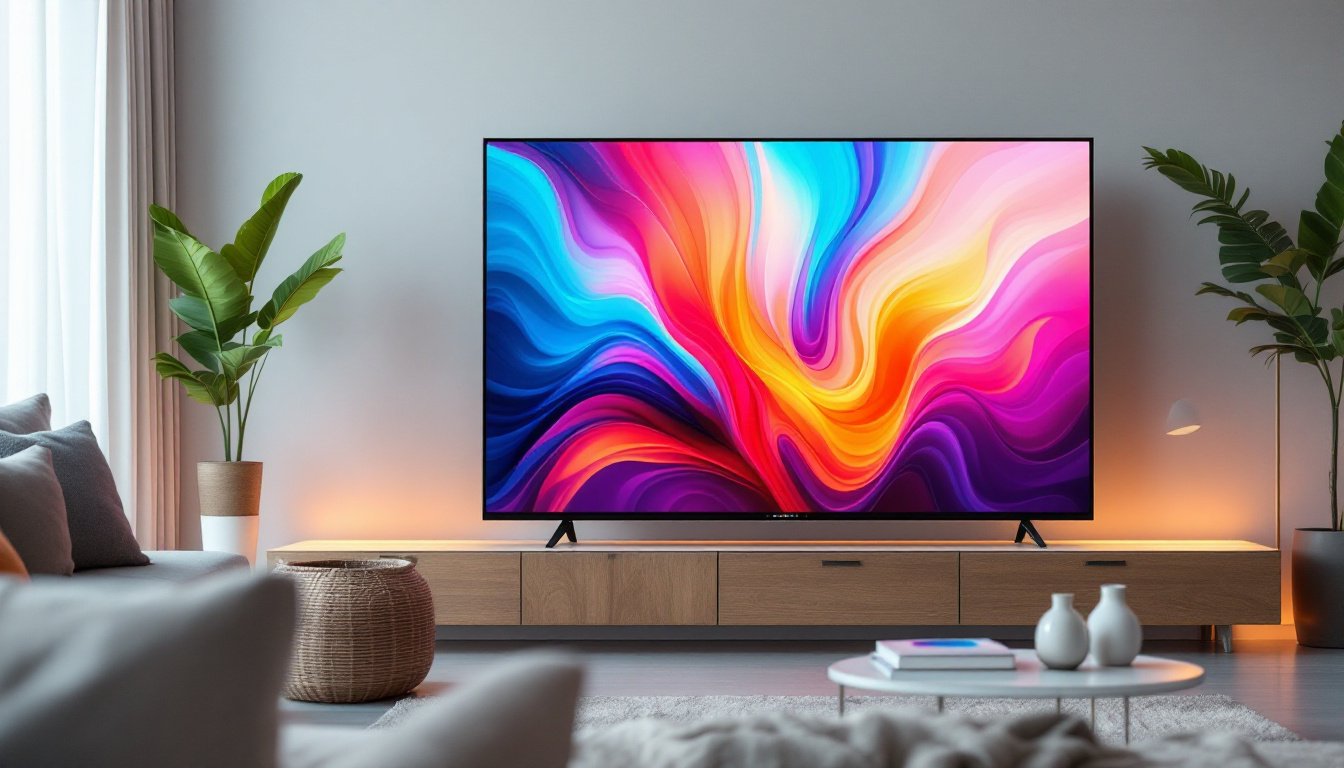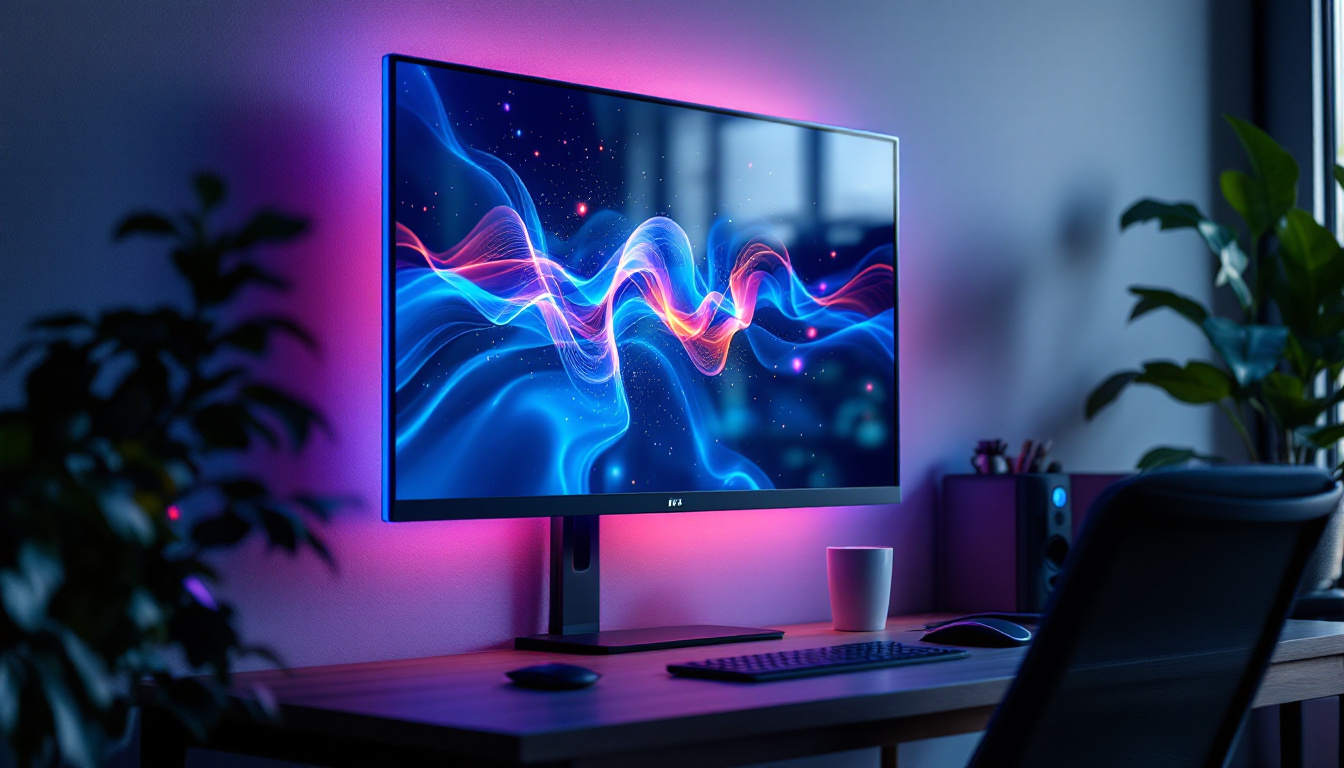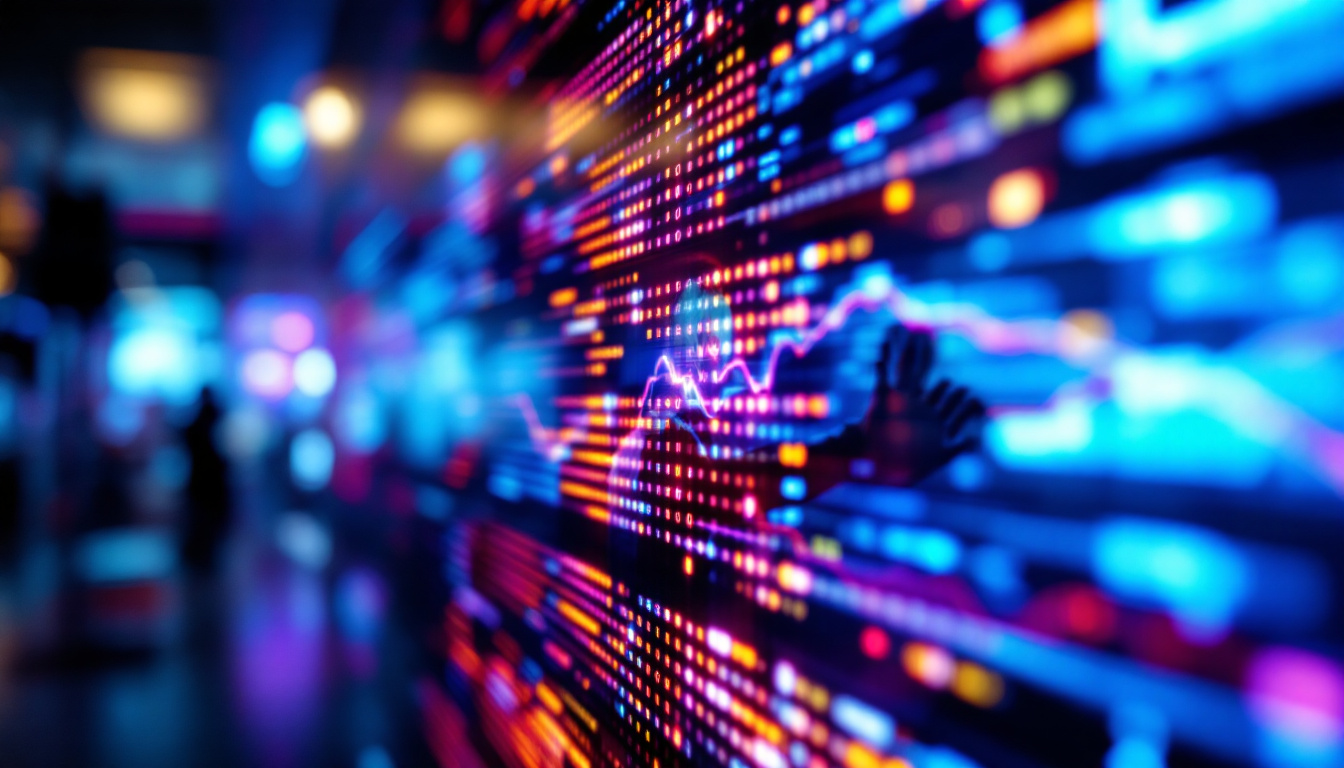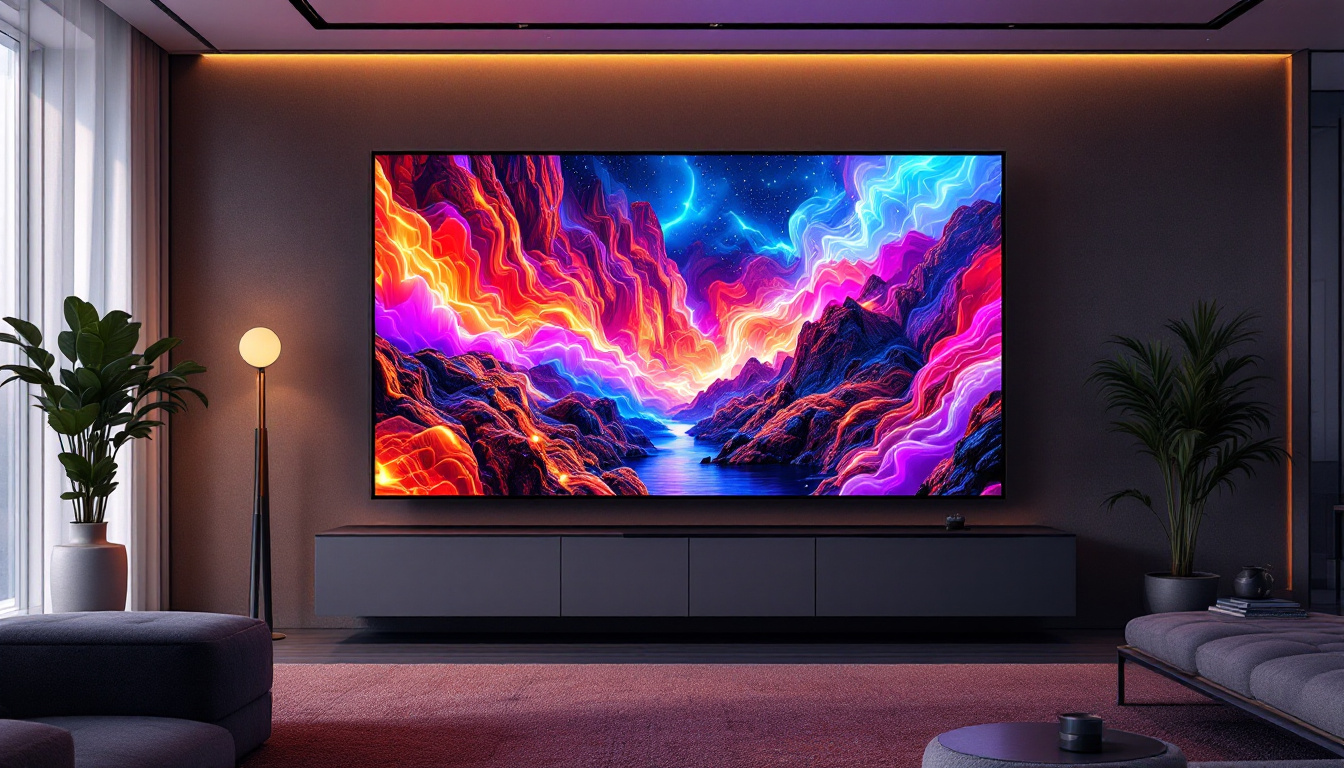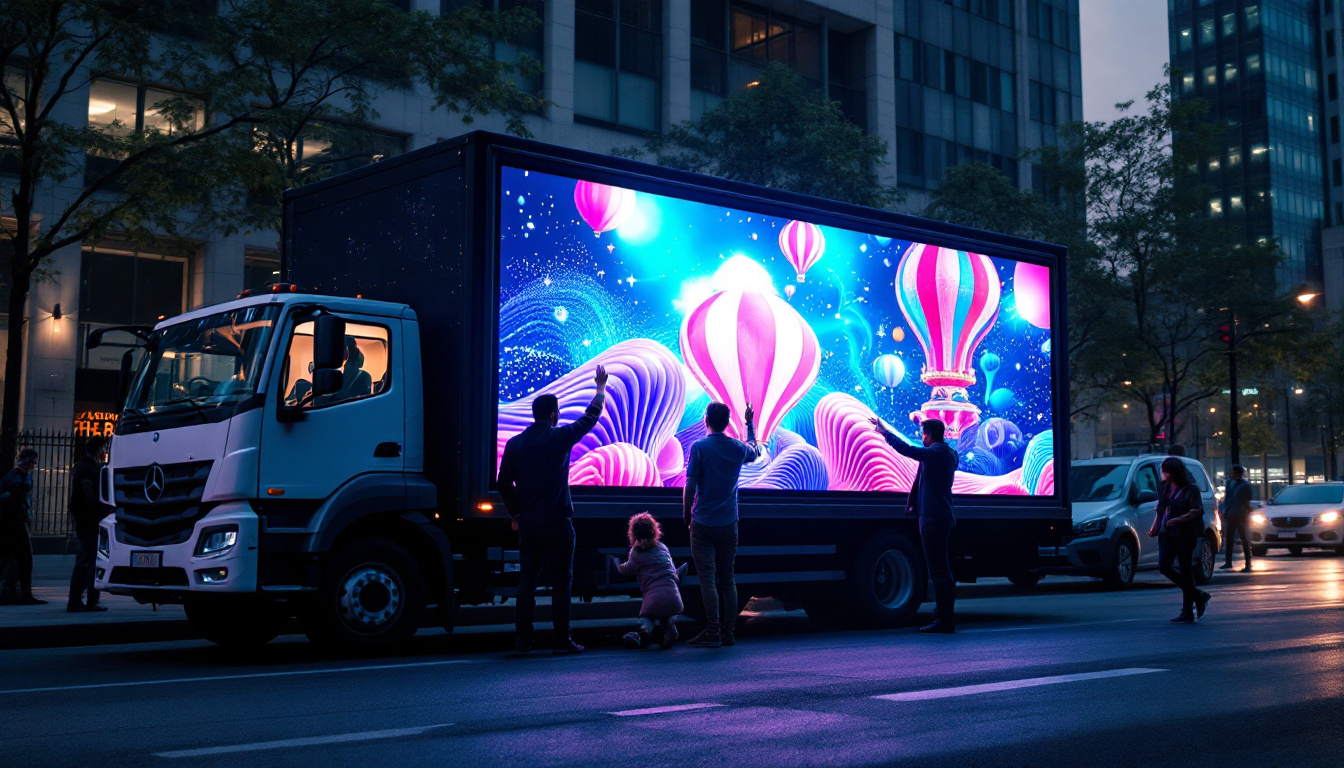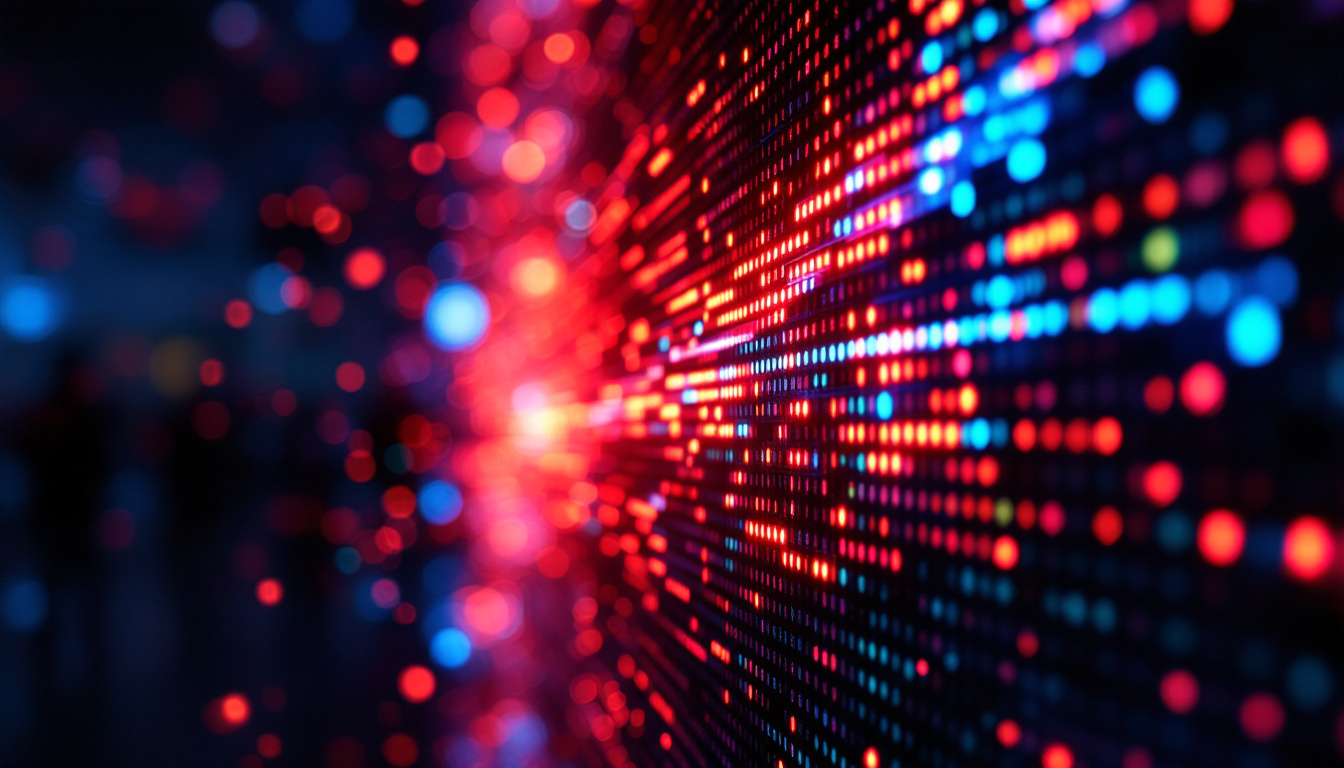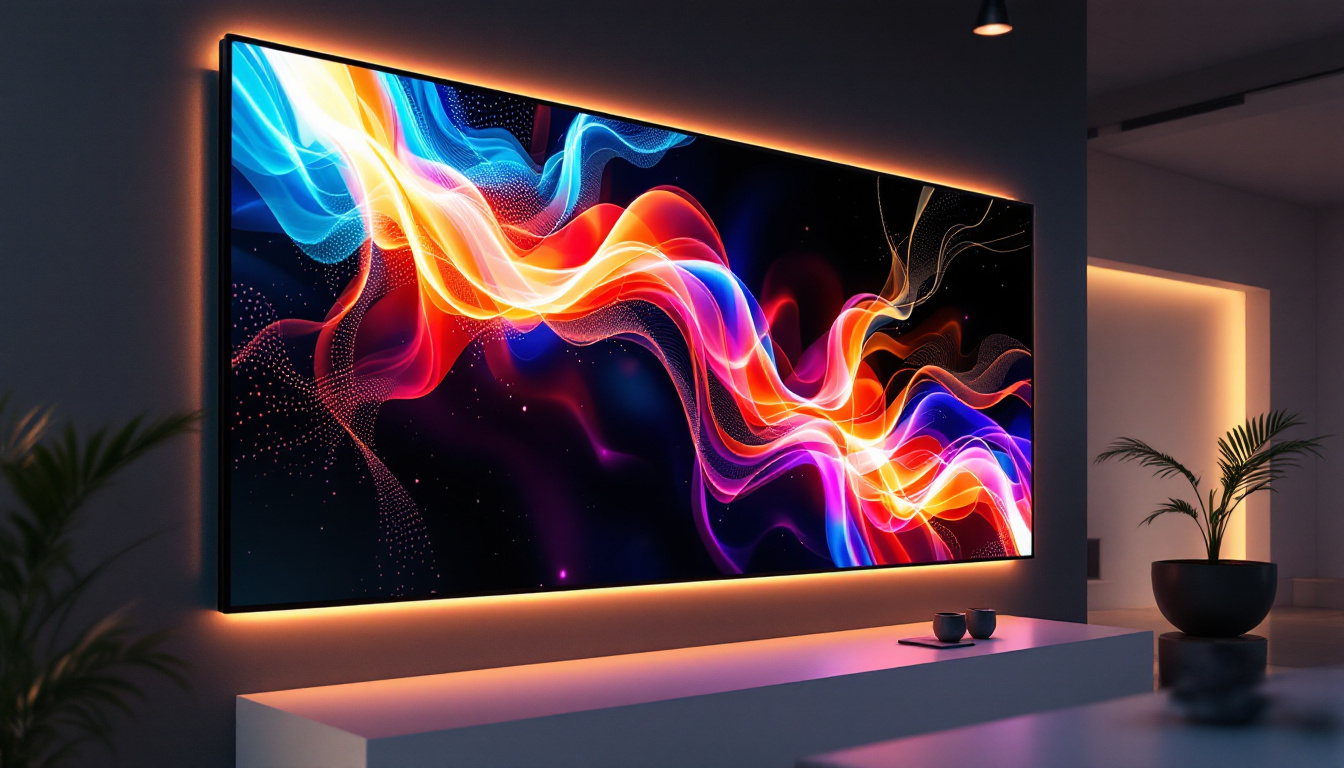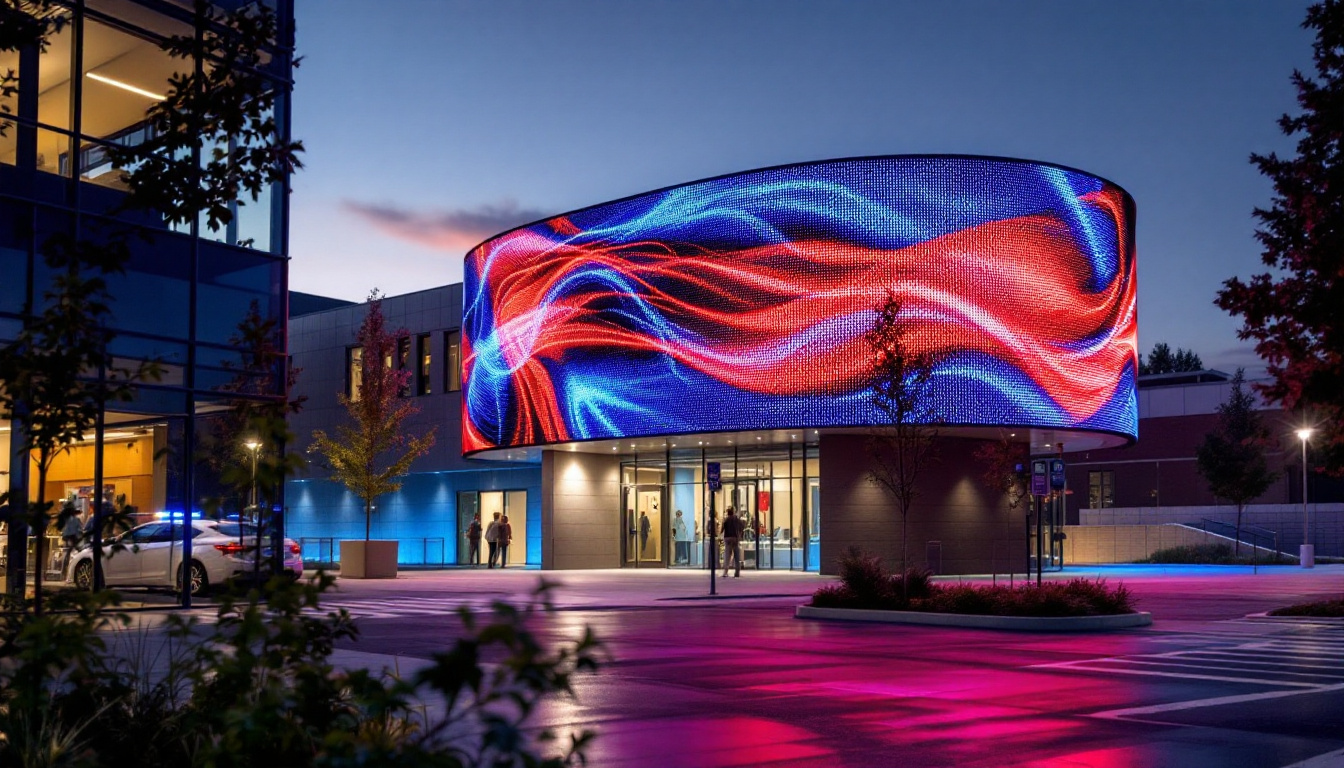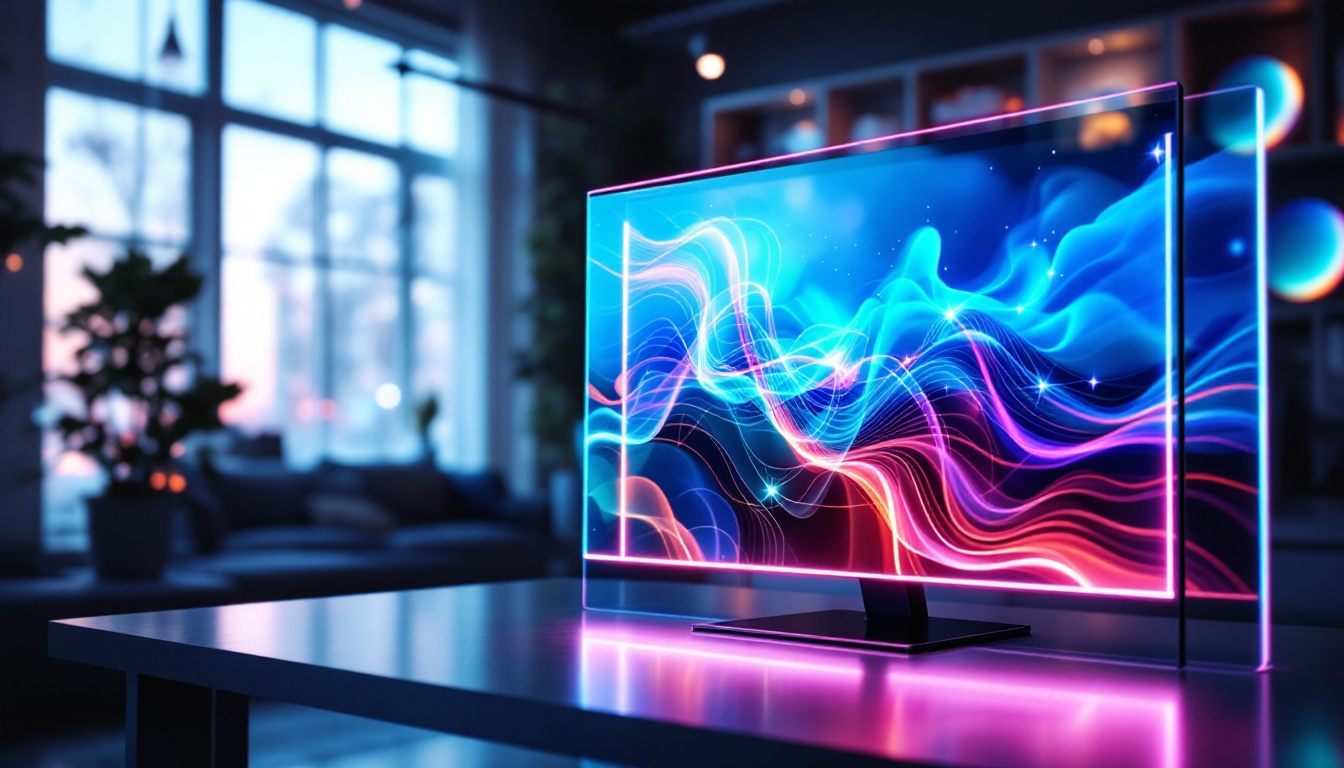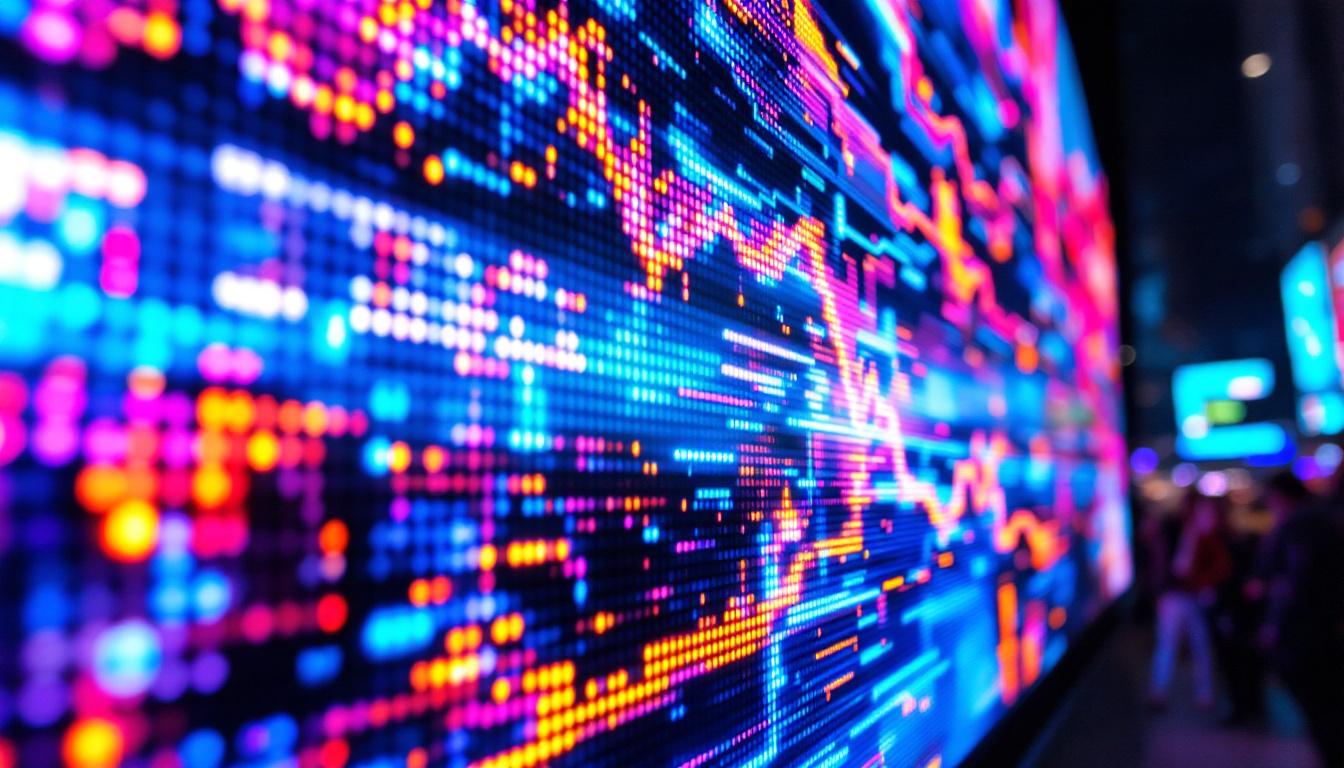In the modern world, LED displays have become ubiquitous, found in everything from smartphones to massive billboards. Understanding how these displays work, their advantages, and their applications can provide valuable insights into their significance in today’s technology-driven society. This article delves into the intricacies of LED displays, with a focus on the Disp X model, highlighting its features and benefits.
What is an LED Display?
LED stands for Light Emitting Diode, a semiconductor device that emits light when an electric current passes through it. LED displays utilize these diodes to create images and text, offering superior brightness and energy efficiency compared to traditional display technologies like LCD and CRT. The compact size of LEDs also allows for thinner and lighter display designs, making them increasingly popular in modern applications.
LED displays can be categorized into two main types: direct-view and backlit. Direct-view displays use individual LEDs to form pixels, while backlit displays use LEDs to illuminate an LCD panel. This article primarily focuses on direct-view LED displays, which are known for their vibrant colors and high contrast ratios. The versatility of LED technology has led to its integration in various sectors, from entertainment to information dissemination, enhancing the way we interact with visual content.
How LED Displays Work
The fundamental principle behind LED displays is the electroluminescence of semiconductors. When a voltage is applied to the LED, electrons recombine with holes within the device, releasing energy in the form of photons, which is visible light. The color of the light emitted depends on the materials used in the semiconductor. This process is highly efficient, converting a significant portion of electrical energy into light, which is why LED displays consume less power than their counterparts.
In a typical RGB (Red, Green, Blue) LED display, each pixel is made up of three individual diodes, one for each color. By varying the intensity of each diode, a wide spectrum of colors can be produced. This color mixing is what allows LED displays to produce vibrant images and videos. Additionally, advancements in technology have led to the development of high dynamic range (HDR) capabilities in LED displays, enhancing the depth and realism of the visuals by providing better contrast and a wider range of colors.
Types of LED Displays
LED displays come in various forms, each suited for different applications. The most common types include:
- Indoor LED Displays: These are designed for use in controlled environments such as shopping malls, auditoriums, and conference rooms. They typically have a higher pixel density, allowing for detailed images viewed up close. Indoor displays are often used for advertising, presentations, and live events, where clarity and detail are paramount.
- Outdoor LED Displays: Built to withstand harsh weather conditions, outdoor displays are larger and have lower pixel densities. They are often used for billboards and advertising, where visibility from a distance is crucial. These displays are designed with protective casings and advanced technologies to ensure they remain functional and vibrant even in direct sunlight or heavy rain.
- Transparent LED Displays: These innovative displays allow light to pass through, making them ideal for applications in retail environments, where visibility of products behind the display is essential. Transparent LED technology creates a unique visual experience, enabling brands to showcase their products while still delivering dynamic content, thus merging advertising with product visibility seamlessly.
Another emerging type is the flexible LED display, which can be bent or shaped to fit various surfaces and designs. This adaptability opens up new possibilities for creative installations in architecture and interior design, allowing for immersive experiences that were previously unattainable. As technology continues to evolve, the applications for LED displays are expanding, paving the way for even more innovative uses in everyday life.
Advantages of LED Displays
LED displays offer numerous advantages over traditional display technologies, making them a popular choice for both commercial and personal use. Some of the key benefits include:
Energy Efficiency
One of the most significant advantages of LED displays is their energy efficiency. LED technology consumes considerably less power compared to older display technologies, which translates to lower electricity bills and a reduced carbon footprint. This efficiency is particularly beneficial for large-scale installations, such as outdoor billboards, where energy costs can be substantial.
Brightness and Visibility
LED displays are known for their exceptional brightness, making them easily viewable in various lighting conditions, including direct sunlight. This high visibility is a critical factor for outdoor advertising and public information displays, where clear communication is essential.
Moreover, the ability to adjust brightness levels dynamically allows LED displays to maintain optimal visibility at all times, enhancing the viewer’s experience.
Longevity and Durability
LED displays have a significantly longer lifespan compared to traditional displays. While LCDs may last around 30,000 hours, LED displays can exceed 100,000 hours of operation under optimal conditions. This longevity reduces the need for frequent replacements and maintenance, making them a cost-effective solution in the long run.
Additionally, LED displays are more robust and resistant to shock and vibration, making them suitable for a variety of environments, including outdoor settings where they may be exposed to the elements.
Applications of LED Displays
The versatility of LED displays has led to their widespread adoption across various sectors. Here are some notable applications:
Advertising and Marketing
LED displays have revolutionized the advertising industry. Their ability to display dynamic content, such as videos and animations, captures the attention of passersby more effectively than static billboards. Advertisers can update content remotely, allowing for real-time promotions and targeted messaging based on audience demographics.
Furthermore, the vibrant colors and high contrast ratios of LED displays make advertisements visually appealing, enhancing brand recognition and engagement.
Entertainment and Events
In the entertainment industry, LED displays are a staple at concerts, festivals, and sporting events. Large LED screens provide audiences with an immersive experience, displaying live feeds, graphics, and special effects that enhance the overall atmosphere.
Additionally, LED technology is used in stage backdrops and lighting, allowing for creative and dynamic presentations that captivate audiences.
Public Information and Transportation
LED displays play a crucial role in public information systems, including transportation hubs, airports, and train stations. They provide real-time updates on schedules, delays, and important announcements, ensuring that passengers are well-informed.
Furthermore, LED displays are used in traffic management systems to convey vital information to drivers, such as speed limits and road conditions, contributing to overall safety on the roads.
Disp X: A Closer Look
Among the many LED display models available, Disp X stands out due to its innovative features and superior performance. Designed for both indoor and outdoor applications, Disp X combines cutting-edge technology with user-friendly functionality.
Key Features of Disp X
Disp X boasts several features that make it an attractive option for various applications:
- High Resolution: With a pixel pitch as low as 1.5mm, Disp X delivers stunning image quality, ensuring that even the finest details are visible.
- Modular Design: The modular design of Disp X allows for easy installation and scalability. Users can configure the display to suit their specific needs, whether for a small event or a large-scale installation.
- Advanced Color Calibration: Disp X incorporates advanced color calibration technology, ensuring consistent color accuracy across the entire display. This feature is particularly important for applications where color fidelity is critical, such as in advertising and broadcasting.
Installation and Maintenance
Installing Disp X is a straightforward process, thanks to its modular design. Each module can be easily connected to form a larger display, allowing for flexibility in size and shape. This adaptability makes it suitable for a wide range of environments, from retail spaces to large outdoor venues.
Maintenance is also simplified with Disp X. The modular components can be easily accessed and replaced if needed, minimizing downtime and ensuring that the display remains operational with minimal disruption.
Real-World Examples
Disp X has been successfully implemented in various settings, showcasing its versatility and performance. For instance, a major sports arena recently installed Disp X for its scoreboard and advertising displays, enhancing the viewing experience for fans while providing dynamic content during games.
Additionally, a retail chain utilized Disp X in its storefronts to attract customers with vibrant, eye-catching promotions. The ability to update content in real-time allowed the brand to respond quickly to market trends and consumer preferences.
Future of LED Displays
The future of LED displays looks promising, with ongoing advancements in technology promising even greater capabilities. Innovations such as flexible displays, improved energy efficiency, and enhanced interactivity are on the horizon.
Flexible and Transparent Displays
Flexible LED displays are set to revolutionize the industry, allowing for creative applications in architecture and design. These displays can be bent and shaped to fit unconventional spaces, opening up new possibilities for advertising and artistic expression.
Transparent LED displays are also gaining traction, enabling businesses to showcase products behind the screen while still delivering dynamic content. This technology is particularly appealing for retail environments, where visibility is key.
Integration with Smart Technology
As smart technology continues to advance, LED displays are likely to become more integrated with IoT (Internet of Things) systems. This integration will enable displays to respond to environmental factors, audience behavior, and real-time data, creating a more interactive and personalized experience for viewers.
For instance, an LED display could adjust its brightness based on ambient light levels or change content based on the demographics of the audience in front of it, enhancing engagement and effectiveness.
Environmental Considerations
As sustainability becomes a growing concern, the LED industry is also focusing on reducing its environmental impact. Future developments may include more eco-friendly materials, improved recycling processes, and energy-efficient designs that further minimize the carbon footprint of LED displays.
By prioritizing sustainability, the industry can continue to thrive while addressing the pressing environmental challenges of our time.
Conclusion
LED displays, particularly models like Disp X, have transformed the way information is communicated and consumed in various sectors. Their energy efficiency, brightness, and versatility make them an ideal choice for a wide range of applications, from advertising to public information systems.
As technology continues to advance, the future of LED displays holds exciting possibilities, including flexible designs, smart integration, and a greater emphasis on sustainability. Understanding these developments is crucial for businesses and individuals looking to leverage the power of LED technology in an increasingly digital world.
In summary, LED displays are not just a trend; they are a fundamental component of modern communication and advertising, poised to evolve and adapt to the needs of future generations.
Explore the Future of Visual Communication with LumenMatrix
Ready to elevate your visual presence and captivate your audience like never before? Discover the innovative world of LumenMatrix, where cutting-edge LED display technology meets creative brilliance. From dynamic Indoor LED Walls to robust Outdoor displays, and from sleek LED Posters to immersive Custom solutions, LumenMatrix is at the forefront of revolutionizing visual communication. Don’t just take our word for it; experience the transformative power of LumenMatrix LED display solutions firsthand. Check out LumenMatrix LED Display Solutions today and see your brand in a new light!

